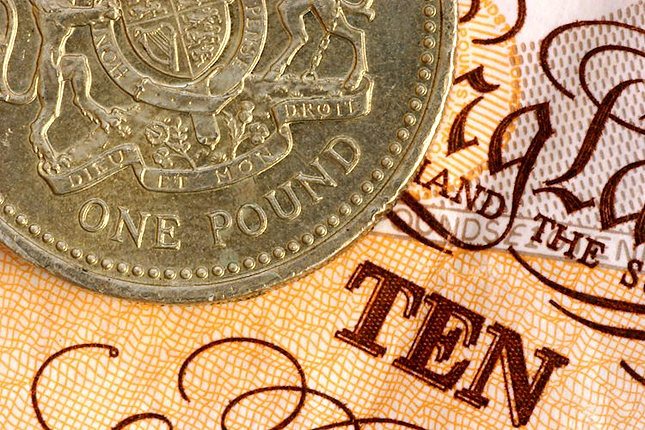Global markets were thrown into flux once again when (yet again) US President Donald Trump poured gasoline on the simmering “Trade War” fire.
This morning, Trump tweeted that “if [EU trade tariffs] are not soon broken down and removed, we will be placing a 20% Tariff on all of their cars coming into the U.S. Build them here!” This tweet comes on the back of the EU’s decision to slap tariffs on $3B of US goods earlier today, which specifically targeted industries associated with Trump’s base such as bourbon, oranges, and motorcycles in an effort to exert political pressure on the President.
While the US President has been extremely hawkish on trade issues of late (who could forget his comment that “trade wars are good and easy to win”?), placing heavy tariffs on multi-trillion-dollar global automobile industry would represent a major escalation in the budding trade war. Not surprisingly, shares of all global automakers, including BMW, Volkswagen, Fiat Chrysler, Daimler, Ford and General Motors all fell on the tweet.
When it comes to the FX market, traders are struggling to place trade concerns into a coherent narrative. As the instigator of the recent trade tensions with most of its major partners (China, Canada, Mexico and the EU), the US economy could soon see exports take a hit from multiple directions. From another perspective, the US economy is outperforming most of its global peers and therefore may be best situation to weather a protectionist-driven economic slowdown.
And then there’s the question about whether meaningful tariffs will even be imposed in the first place; after all, the author of “The Art of the Deal” is infamous for staking out an aggressive stance and then eventually coming back toward his negotiating “adversaries,” a strategy we’ve seen play out numerous times through the first 17 months of the Trump presidency.
In the end, we believe that the current tensions will eventually subside as the US midterm elections in November approach. That said, if the current tough talk on trade translates into thorough tariffs, the US dollar could ultimately benefit as traders seek out the perceived safety of the world’s reserve currency, even if US economic growth takes a hit.
This research is for informational purposes and should not be construed as personal advice. Trading any financial market involves risk. Trading on leverage involves risk of losses greater than deposits.
Recommended Content
Editors’ Picks

EUR/USD retreats from tops post-US PCE, back near 1.0540
The bearish sentiment in the US Dollar remains in place and supports EUR/USD's constructive outlook, keeping it in the 1.0540 region after the release of US inflation data, as measured by the PCE, on Wednesday.

GBP/USD recedes to 1.2640 on US PCE data
GBP/USD remains positively oriented in the 1.2640 zone as the Greenback experiences a marked pullback following the PCE inflation release.

Gold remains sidelined near $2,640 following US inflation prints
Gold remains on the positive foot near $2,640 per troy ounce, as US inflation data matched initial estimates in October, while US yields display a negative performance across the curve.

The clock is ticking for France
A French political problem is turning into a problem for financial markets. The budget deficit in France is 6% of GDP, if the planned reforms are not enacted, then the deficit could rise to 7% of GDP next year. This is the level when bond vigilantes start to sniff around.

Eurozone PMI sounds the alarm about growth once more
The composite PMI dropped from 50 to 48.1, once more stressing growth concerns for the eurozone. Hard data has actually come in better than expected recently – so ahead of the December meeting, the ECB has to figure out whether this is the PMI crying wolf or whether it should take this signal seriously. We think it’s the latter.

Best Forex Brokers with Low Spreads
VERIFIED Low spreads are crucial for reducing trading costs. Explore top Forex brokers offering competitive spreads and high leverage. Compare options for EUR/USD, GBP/USD, USD/JPY, and Gold.